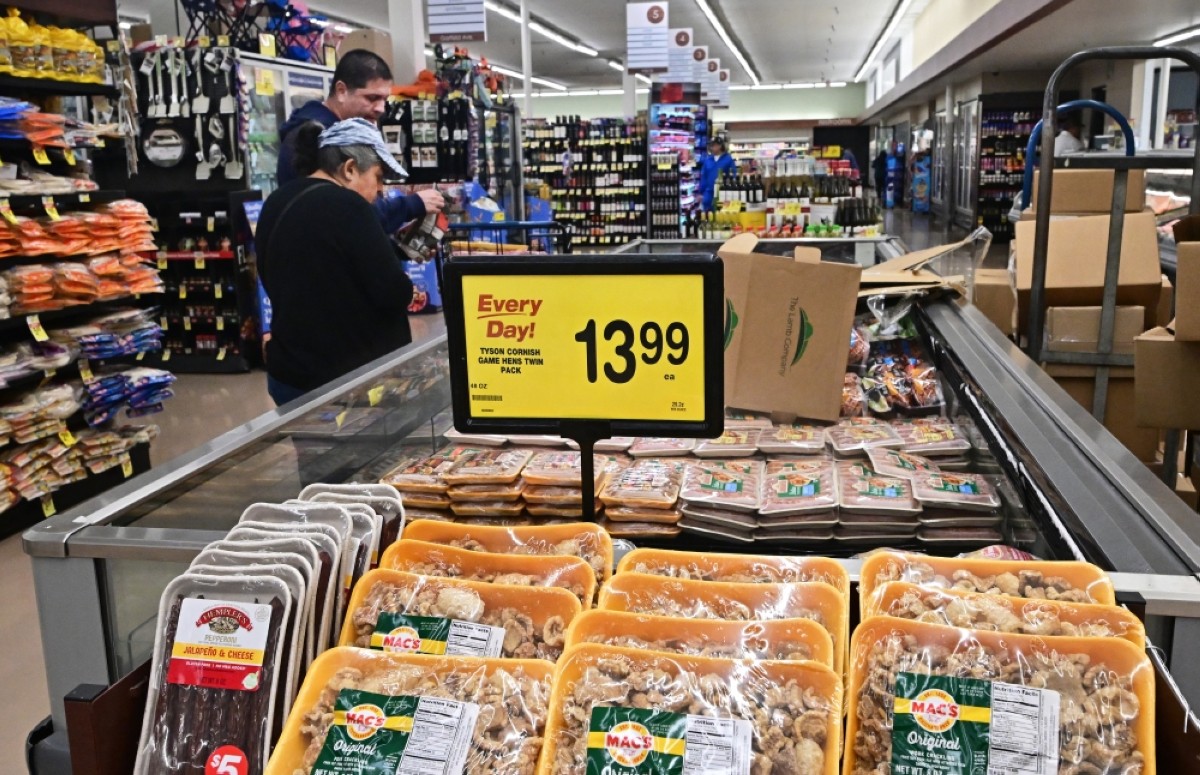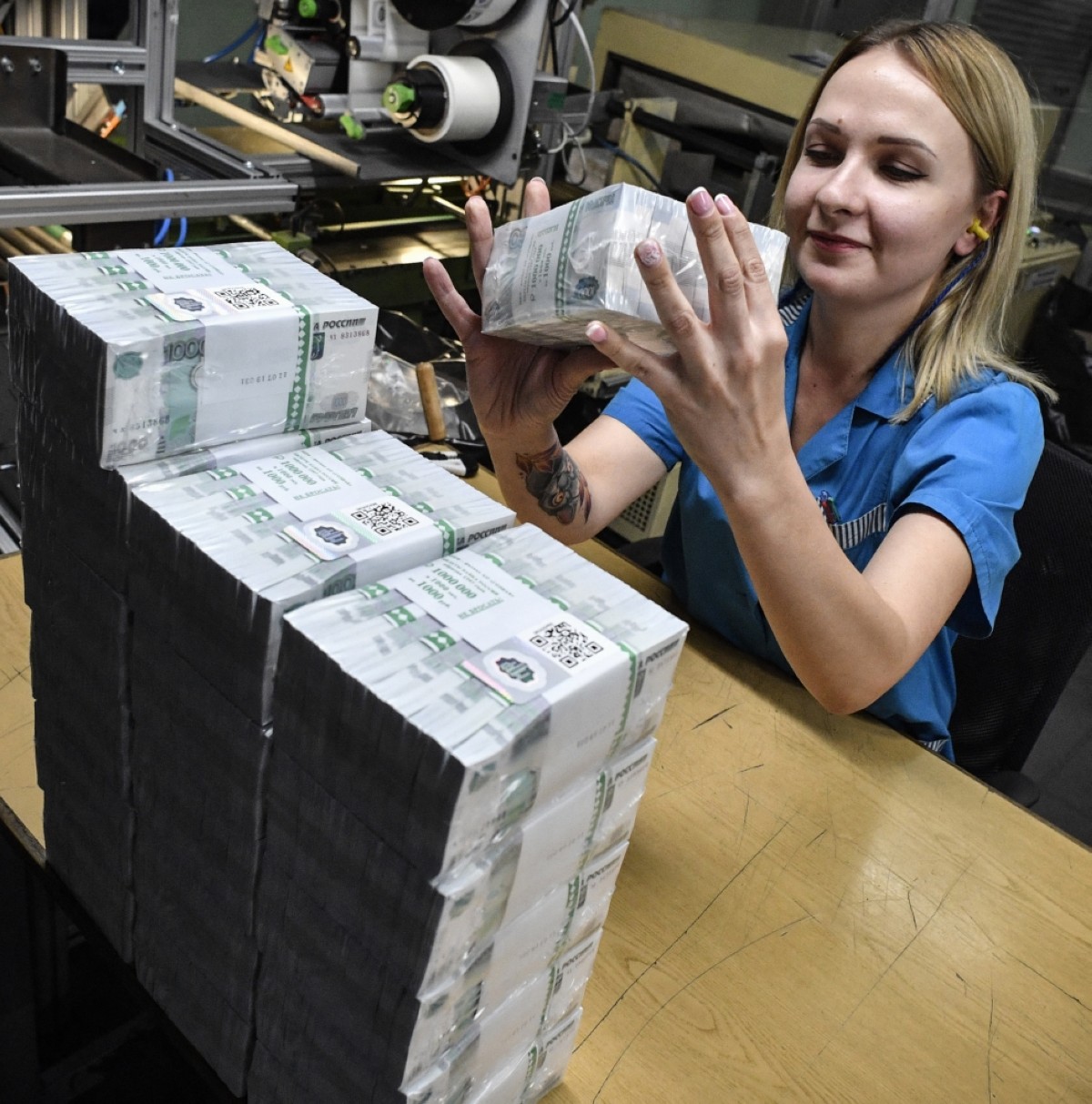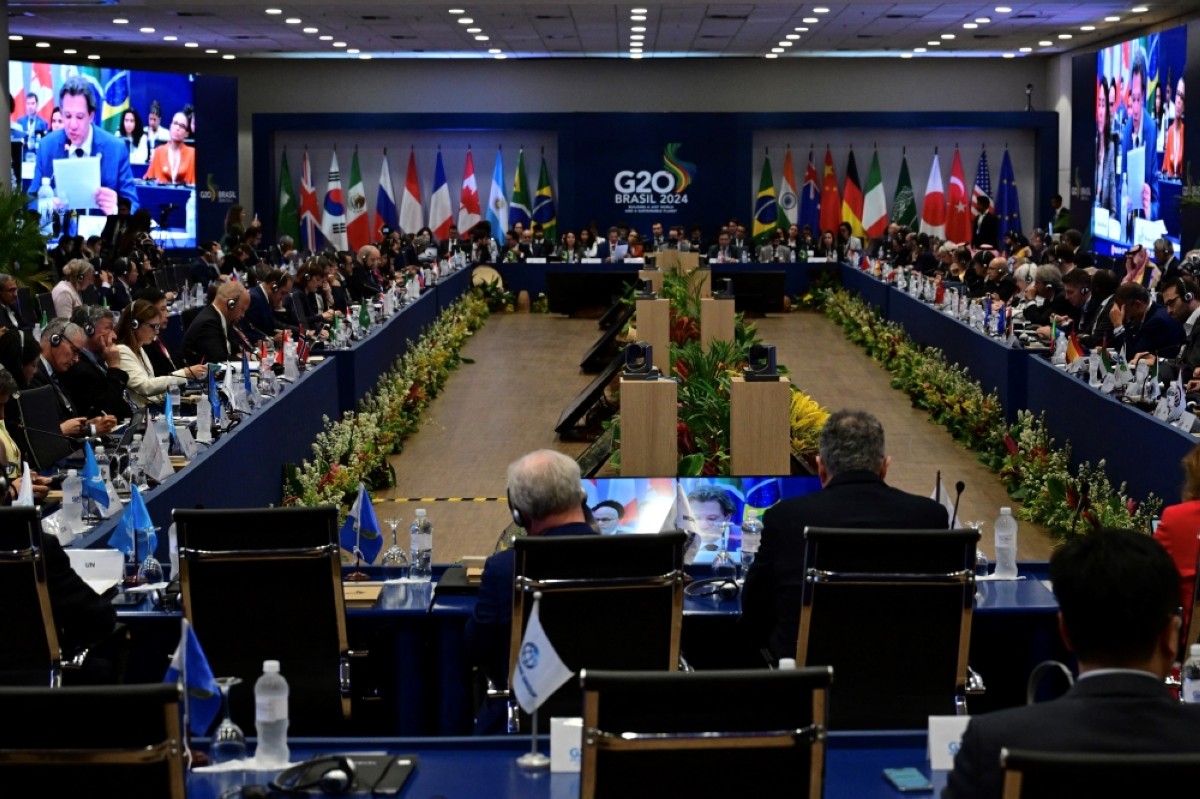Fed’s favored inflation measure cools
WASHINGTON: The US Federal Reserve’s favored inflation measure eased further in June, according to government data published Friday, in more good news for policymakers ahead of next week’s interest rate decision.

MONTEBELLO, US: People shop at a supermarket in Montebello, California. The US Federal Reserve's favored inflation measure eased further in June, according to government data published on July 26, 2024. -- AFP.
The personal consumption expenditures (PCE) price index eased to an annual rate of 2.5 percent in June, the Commerce Department said in a statement, down slightly from 2.6 percent a month earlier.
This was in line with the median forecast of economists surveyed by Dow Jones Newswires and The Wall Street Journal. “Today’s report shows we are making real progress fighting inflation,” President Joe Biden said.
“The agenda that Vice President Harris and I are fighting for has helped us come back strong from the worst economic crisis since the Great Depression and deliver for working families,” he added in a statement. While the June data is sure to be viewed as a positive development by policymakers at the US central bank, inflation still remains stuck above the Fed’s long-term target of two percent.
At the same time, the labor market appears to be moving into better balance between job seekers and job creators, and the economy remains in robust health, growing at an annualized rate of 2.8 percent in the second quarter of the year, according to data published earlier this week.
In recent weeks US central bank policymakers have been sounding more optimistic about the chances of an interest rate cut, even as they have continued to urge patience until the data supports such a move. “We’ve said that you don’t want to wait until inflation gets all the way down to two percent, because inflation has a certain momentum,” Fed Chair Jerome Powell told lawmakers in Congress earlier this month.
“If you waited that long, you’ve probably waited too long,” he added.
Stripping out volatile food and energy prices, the closely watched core measure of inflation eased to an annual rate of 2.6 percent in June—also in line with expectations. The data published Friday also show that personal income rose by 0.2 percent from a month earlier, while personal savings as a percentage of disposable income fell to 3.4 percent, down slightly from a revised figure of 3.5 percent in May.
The Fed meets to set interest rates on Tuesday and Wednesday next week, with analysts and traders broadly expecting it to remain on pause once more. But there is a growing consensus around a September interest rate cut, with futures traders now fully pricing in the chances of an interest rate cut, according to data from CME Group. “Overall, the data show slowing but positive spending and a deceleration in inflation” in the second quarter, High Frequency Economics chief US economist Rubeela Farooqi wrote in a note to clients.
“From the Fed’s perspective, cumulatively, we think the data show enough progress—on both inflation and labor market conditions—for policymakers to open the door to a rate cut in September” next week, she added. “This provides clear support for the Fed to start cutting interest rates in September,” Nationwide chief economist Kathy Bostjancic wrote in a note to clients.
She added that Nationwide expects one quarter percentage-point cut in September, and another before the end of the year. – AFP.










